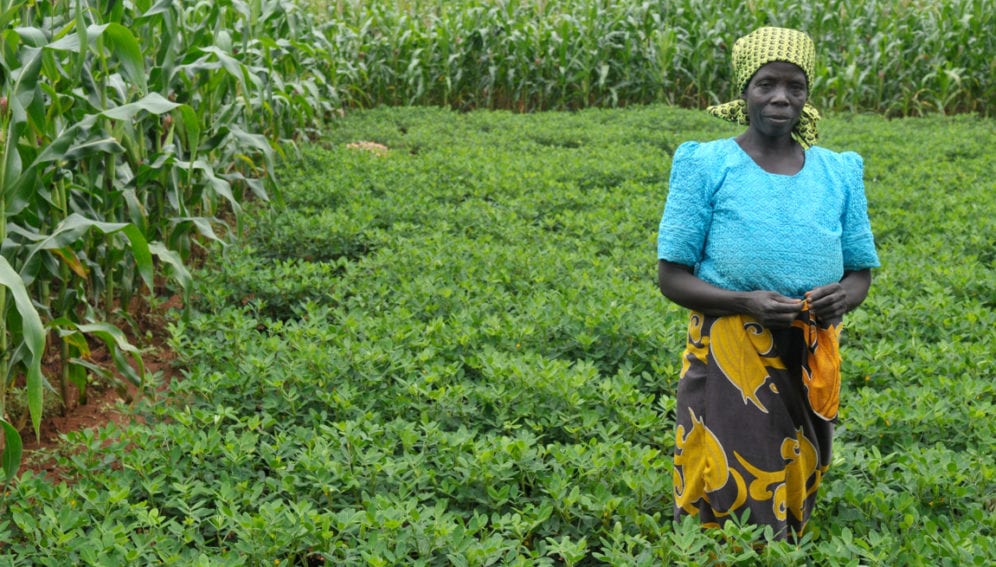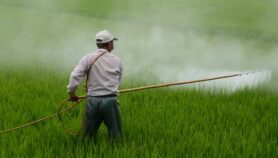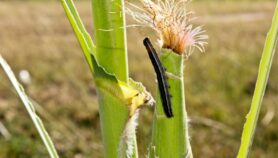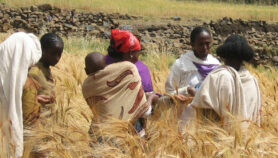By: Gilbert Nakweya
Send to a friend
The details you provide on this page will not be used to send unsolicited email, and will not be sold to a 3rd party. See privacy policy.
[NAIROBI] Adopting sustainable agricultural intensification (SAI) practices can benefit smallholder farmers and help achieve higher food production levels in Africa, experts say.
The experts implementing the Pathways to Sustainable Intensification in Eastern and Southern Africa project note that there is need to understand farmers’ agricultural practices to help address food security challenges in Sub-Saharan Africa.
The Australian International Food Security Research Centre is funding the four-year project that began in 2012. The project aims to improve food security by aiding the understanding of farming system characteristics that shape technology adoption in Ethiopia, Kenya, Malawi, Mozambique and Tanzania.
“Adoption of SAI practices in combination has the potential to increase agricultural production and improve soil fertility, while reducing environmental degradation.”
Menale Kassie, The International Maize and Wheat Improvement Center (CIMMYT)
The experts from the International Maize and Wheat Improvement Center (CIMMYT) and the Kenya Agricultural Research Institute (KARI), at a media visit to farmers in Eastern Kenya on 29th August, said the general development of technologies that do not focus on farming practices is one of the gaps in African agriculture.
Menale Kassie, a senior research scientist and an agricultural development economist from CIMMYT, tells SciDev.Net that although the adoption of improved seed varieties is increasing in Africa, the continent still lags in food production.
“Adoption of SAI practices in combination has the potential to increase agricultural production and improve soil fertility, while reducing environmental degradation,” Kassie observes. The technologies to be used in combination include use of improved seed varieties, crop diversification through crop rotation, intercropping and conservation tillage.
Kassie adds that their study in Ethiopia has shown that adopting SAI practices can raise net maize income by 47 per cent to 67 per cent and reduce fertiliser application without compromising farmers’ earnings.
Alfred Micheni, a senior research scientist from KARI, adds: “Conservation agriculture, for instance, works best when technologies are used simultaneously”. The practice is being adopted in several Kenyan counties because of reduced labour and minimum use of water, making it suitable for semi-arid areas.
Aslipon Nyaga, a farmer from Embu county, says that since the adoption of SAI practices, her farm yields have doubled.
Another farmer, Teresa Njiru, adds that she no longer suffers losses from weeds and poor land management after adopting lessons on best practices from the project experts.
But Lilian Kirimi, a senior research fellow at Egerton University’s Tegemeo Institute of Agricultural Policy and Development, says the project has shown that using inorganic fertilisers and improved seeds alone is not panacea for improved smallholder productivity, incomes and food security.
“Innovations are also required to reduce labour and increase incentives for adopting a set of technologies, particularly among women farmers,” Kirimi adds.
This article has been produced by SciDev.Net's Sub-Saharan Africa desk.














